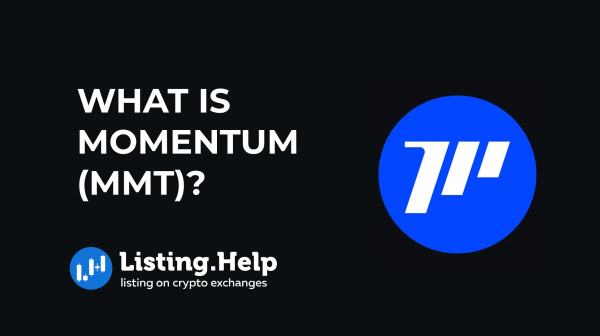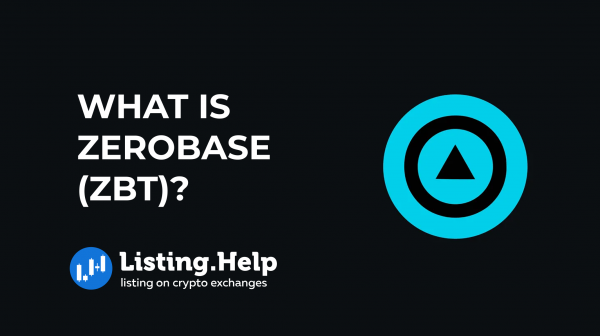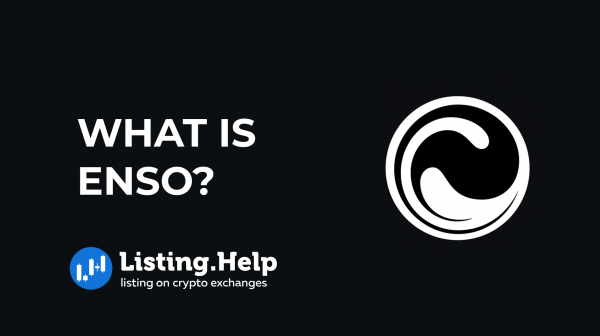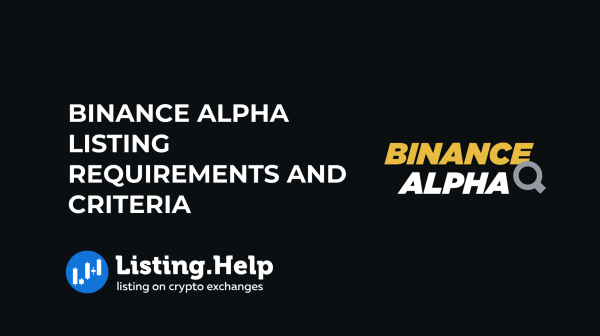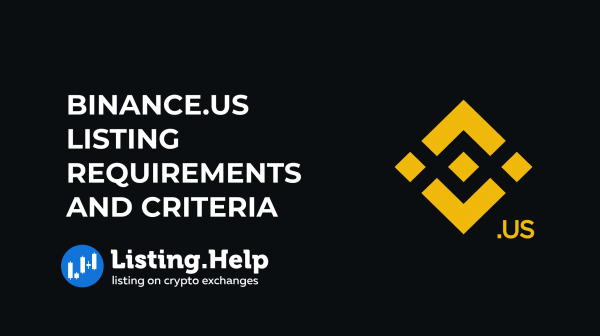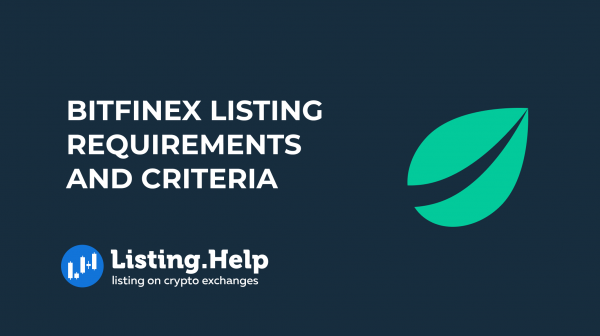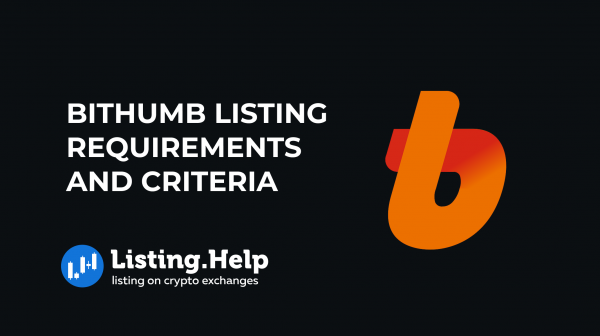What is Cetus Protocol (CETUS)?
 November 6, 2024
November 6, 2024 Updated: November 6 2024, 11:38
Updated: November 6 2024, 11:38
LEAVE A REQUEST
Launching your own token project? Our experts are ready to help with listing on exchanges, market making, marketing and other solutions
SUBMIT APPLICATIONCetus Protocol makes a strong impression in today’s digital space, transforming how we interact with blockchain technology. Built on the advanced Sui and Aptos blockchains, Cetus Protocol is more than a typical decentralized exchange (DEX); it reshapes liquidity and trading by introducing a new level of engagement.
Imagine a future where your assets are no longer static figures on a screen but active participants in a dynamic market full of opportunity. Cetus Protocol enables this by providing targeted liquidity options and tools accessible to both casual traders and experienced liquidity providers. Every interaction here influences not only your assets but also contributes to the wider DeFi landscape.
What is Cetus in Crypto?
Cetus Protocol is a decentralized exchange designed to facilitate asset trading while introducing a model of concentrated liquidity. Unlike traditional automated market maker (AMM) protocols, Cetus allows liquidity providers to place their assets within specific price ranges, making liquidity allocation more strategic. This approach reduces the inefficiencies seen in conventional AMM setups and maximizes fee opportunities for those who provide liquidity.
Cetus is built on the Sui and Aptos blockchains. Sui is a permissionless Proof-of-Stake Layer 1 blockchain designed for fast settlements and high throughput. Its asset-focused structure supports advanced Web3 capabilities, offering a unique alternative to traditional Layer 1 blockchains. Aptos, meanwhile, is a new Layer 1 blockchain focused on delivering greater scalability, speed, and resilience. Cetus has positioned itself as a key player within Aptos’s ecosystem, supporting its vision to redefine blockchain’s potential.
How Does Cetus Protocol Work?
Cetus Protocol brings a fresh approach to the Automated Market Maker (AMM) model by introducing concentrated liquidity. This allows liquidity providers to set custom price ranges, focusing their assets in zones with high trading activity. This targeted model enhances efficiency by ensuring that a larger share of liquidity is actively in use. Cetus leverages the Concentrated Liquidity Matching Model (CLMM), allowing users to deploy advanced trading strategies typically found on centralized exchanges.
Cetus also offers Range Orders, enabling liquidity providers to simulate limit orders by acting as makers. This feature empowers users to execute strategic trades, such as take-profit and buy-limit orders. Additionally, the Position NFT system gives liquidity providers ownership and authority over their assets, allowing them to collect fees and earn rewards through liquidity mining.
Beyond trading, Cetus supports “Liquidity As A Service,” simplifying integration for developers and applications. With the Cetus SDK, developers can access the protocol’s liquidity seamlessly to build innovative products like liquidity vaults, derivatives, and leveraged farming tools. This flexibility and compatibility enable a diverse range of decentralized applications to flourish within the Cetus network.
The Cetus Bridging Interface also integrates the Wormhole SDK, creating a cross-chain bridge that lets users move assets between blockchain networks. This feature supports over 20 networks, including Ethereum, BSC, Polygon, Solana, and others, extending Cetus’s reach across multiple ecosystems.
History of Cetus Protocol
Cetus Protocol was established to meet the rising demand for efficient and user-friendly DeFi platforms. Built specifically on the Sui and Aptos blockchains, this choice underscores the project’s commitment to leveraging advanced technology for performance and scalability.
Though specific details about the founders remain limited, Cetus has gained traction through significant partnerships and support from the broader crypto community. One notable collaboration came from OKX Ventures, the investment branch of the major crypto exchange OKX, which made a substantial investment in the project. This backing highlights the interest of major industry players in Cetus’s potential within DeFi.
The involvement of co-founder Henry Du in this partnership reflects Cetus’s strong leadership. This collaboration with OKX not only brings financial support but also connects Cetus with a larger Web3 audience, aiding in its growth.
Cetus Protocol’s main goal is to build a versatile liquidity network that simplifies asset trading on the Sui and Aptos platforms. Through its focused liquidity protocol and interoperable modules, it aims to provide users with a streamlined trading experience and more efficient liquidity options.
Key Features of Cetus
Permissionless Access
Cetus is open to anyone, whether individuals or applications, to freely use its tools and functionalities. Users can establish new trading pools or customize liquidity-related services without needing special permissions.
Programmable Flexibility
Based on the Concentrated Liquidity Market Maker (CLMM) model, Cetus offers a flexible framework that accommodates various trading strategies, including complex ones more often seen on centralized exchanges. This model allows liquidity providers to optimize their capital efficiency.
Composability
Designed for easy integration, Cetus offers “Liquidity as a Service.” Developers can tap into Cetus’s liquidity to create their own products, such as vaults, derivatives, or leveraged farming tools. With its software tools, new projects can quickly set up trading or swap interfaces on their platforms.
Sustainability
Cetus uses a dual-token model to ensure the protocol’s longevity. CETUS serves as the primary token, while xCETUS, a liquidity staking token (LST), represents staked CETUS. This model is designed to reward active participation and contribution to the network over time.
Earnings for Liquidity Providers on Cetus
Liquidity providers on Cetus have multiple ways to earn rewards:
1. Transaction Fees: Providers earn fees based on the price ranges where their liquidity is actively traded. This is often the primary earning method for most LPs, as fees accumulate when their liquidity is used in transactions.
2. Liquidity Mining: Providers may earn additional rewards by holding positions in certain pools and price ranges. This process generates specific NFTs that represent each provider’s position, allowing them to collect rewards beyond just transaction fees.
3. Loyalty Programs: Active participants may receive extra incentives through loyalty-based programs, which can include liquidity lockups and leaderboard-based events.
Cetus Tokens
Cetus operates with two tokens: CETUS and xCETUS.
– CETUS is the primary token within the Cetus Protocol, used for transactions across the network. Users can earn CETUS by participating in liquidity mining, making it central to the ecosystem’s exchange and reward structure.
– xCETUS is a non-transferable token that represents staked CETUS holdings. Holders of xCETUS can engage in governance activities within the network, with their voting power tied to the amount of xCETUS they hold.
Is Cetus Protocol a Good Investment?
Assessing the investment potential of Cetus Protocol (CETUS) involves looking at multiple factors, such as its current market performance, future price forecasts, and overall sentiment within the market. While recent data and projections suggest an optimistic outlook for Cetus Protocol, it is crucial for prospective investors to conduct thorough research, examining both technical indicators and underlying fundamentals. The cryptocurrency market is highly volatile, with prices often influenced by a range of external factors, so caution and a careful approach are advised.

For more insights and updates on the crypto world, don’t forget to check out our blog at Listing.Help




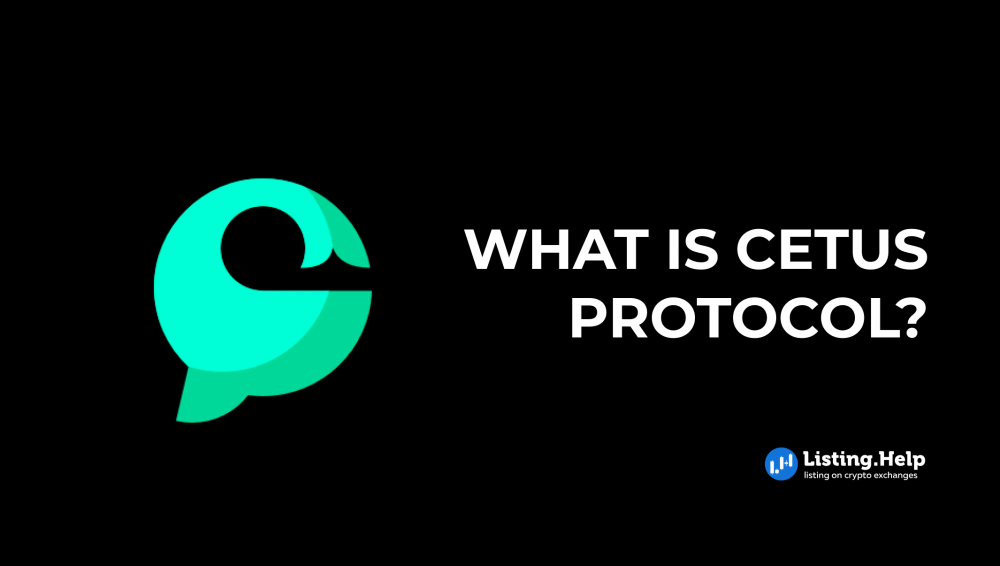


 December 8, 2025
December 8, 2025 